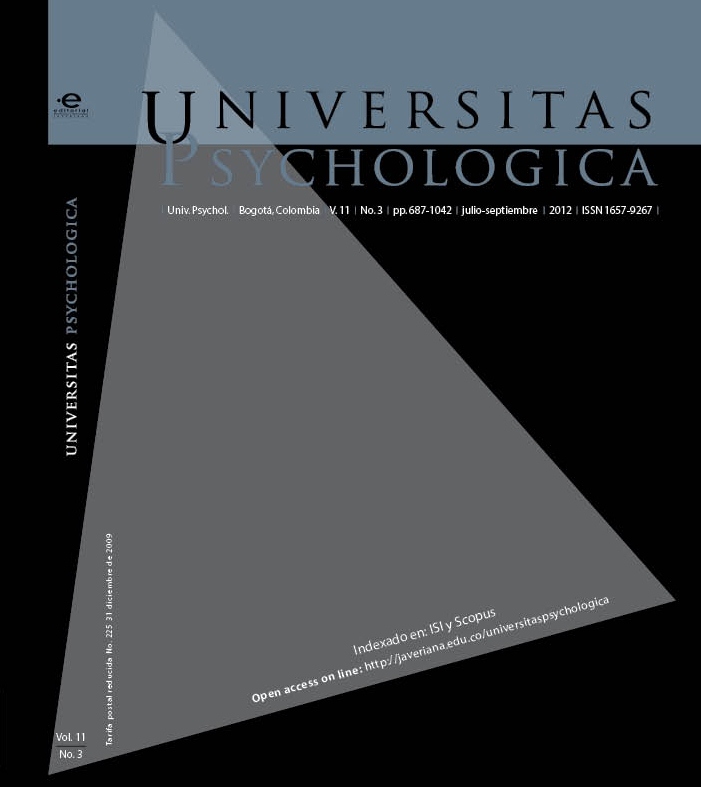Abstract
This article reviews the results of a study on the development of the therapeutic alliance (TA) along the psychotherapeutic process and its relationship with therapists´ and clients´ attachment styles. TA was evaluated in the 1st, 3rd, and 10th or last session through the “Inventario de Alianza Terapéutica” (IAT), attachment was measured by the Adult Attachment Scale. Twenty five therapists participated, 19 senior psychology students and 6 professional psychologists with 1 to 4 years of clinical experience. The study was initiated with 50 adult people, for the 3rd session there were 30 cases, and for the last one, 15. Secure attachment of the therapist and the client associated with better TA as evaluated by the therapist. Later on, intimacy and trustfulness in the therapeutic procedures improved the TA.
This journal is registered under a Creative Commons Attribution 4.0 International Public License. Thus, this work may be reproduced, distributed, and publicly shared in digital format, as long as the names of the authors and Pontificia Universidad Javeriana are acknowledged. Others are allowed to quote, adapt, transform, auto-archive, republish, and create based on this material, for any purpose (even commercial ones), provided the authorship is duly acknowledged, a link to the original work is provided, and it is specified if changes have been made. Pontificia Universidad Javeriana does not hold the rights of published works and the authors are solely responsible for the contents of their works; they keep the moral, intellectual, privacy, and publicity rights. Approving the intervention of the work (review, copy-editing, translation, layout) and the following outreach, are granted through an use license and not through an assignment of rights. This means the journal and Pontificia Universidad Javeriana cannot be held responsible for any ethical malpractice by the authors. As a consequence of the protection granted by the use license, the journal is not required to publish recantations or modify information already published, unless the errata stems from the editorial management process. Publishing contents in this journal does not generate royalties for contributors.


